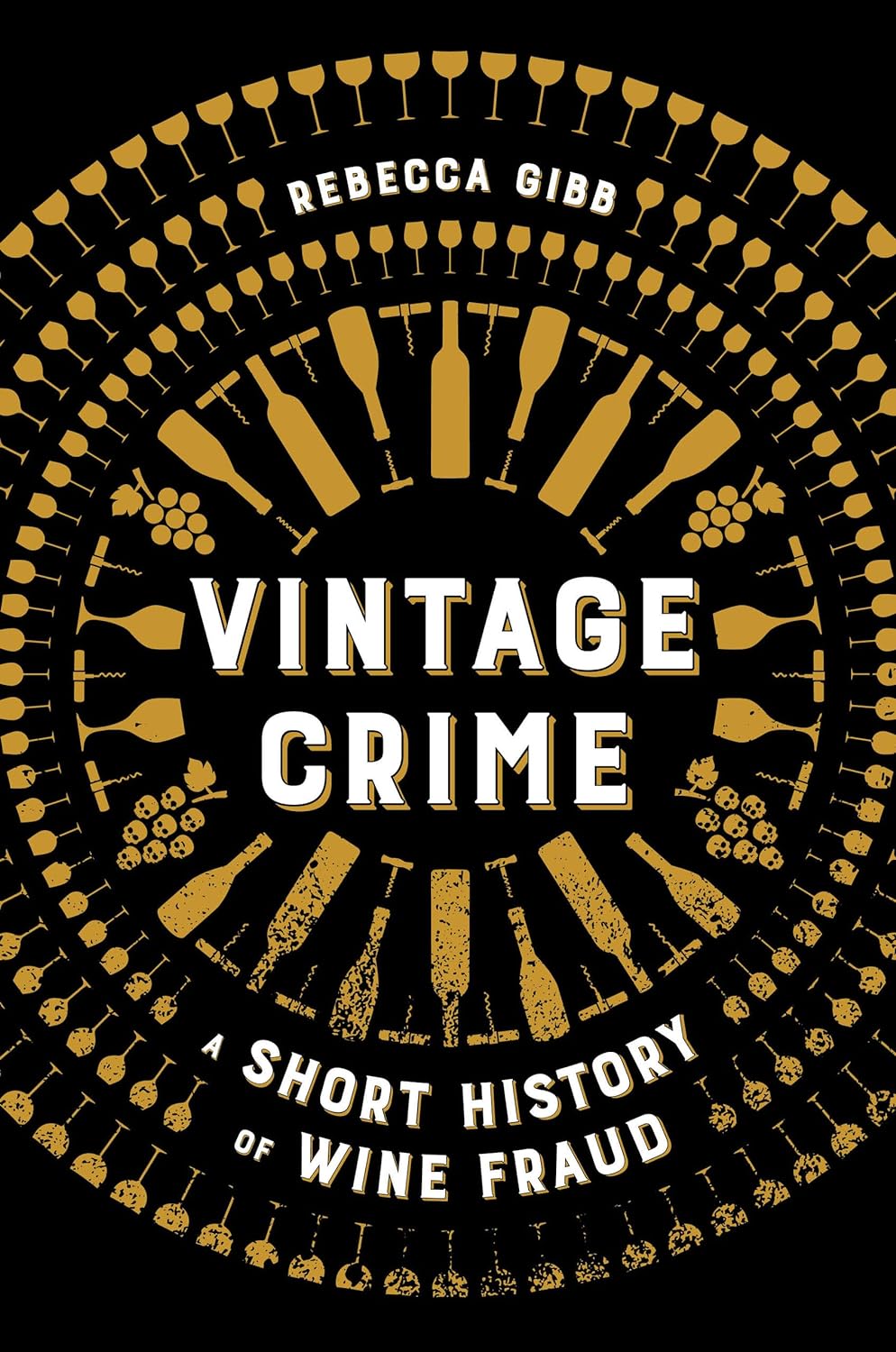Review: New wine in old bottles
 Robert Shiels enjoys a new book on the age-old practice of wine fraud.
Robert Shiels enjoys a new book on the age-old practice of wine fraud.
This modest but interesting study of the murky side of wine-making gives an insight as to the old trade practices and the weakness of the system within which the business has been conducted.
Perhaps the essential question is to ask what the purchaser actually expected when buying a bottle of wine? Rebecca Gibb explains how, there has since Roman times been a tendency to make a wine to meet the expectations and preferences of the customer.
There has been, showing an impressive range of wine euphemisms, ‘tinkering’, ‘amelioration’, ‘stretching’, ‘correction’, and alterations to achieve that which ‘emulated’ desirable but otherwise unobtainable vintages. There was a very long history of such adjustments to the basic product.
In a wide range of examples the author asks what counts as wine, why we drink it, and what makes a wine truly authentic? Adding toxic sweeteners, or another of many other possibilities, actually produced a wine that the paying public wanted.
The early history of the wine business suggests that the acronym sometimes used to analyse fraud, PID (‘pretend, induce and defraud’), might not have been applicable: there may have been a pretence of sorts, but not much of an inducement was needed and nobody was defrauded as such.
Only in more modern times has sharp practice moved into fraud. Also, the move from mere manipulation started to cause concern as the actions became adulteration with lethal chemicals of the wine which began to have adverse effects on the health of the drinker, or threaten to do so.
This is not a theoretical or criminological study but rather one based on a wide variety of practical events and outcomes, most interestingly in the major criminal trials, and civil cases, in the last 20 years or so. These all contributed to a loss of trust in parts of the business.
The author knows about wine as an industry and the deleterious effect of the widespread fraud and threats to public health and she writes well about a subject with a long history. Commendably she asserts that a portion of book royalties will be donated by her towards finding a cure for Duchenne muscular dystrophy.
Vintage Crime: A Short History of Wine Fraud by Rebecca Gibb. Published by University of California Press, 282 pp.









